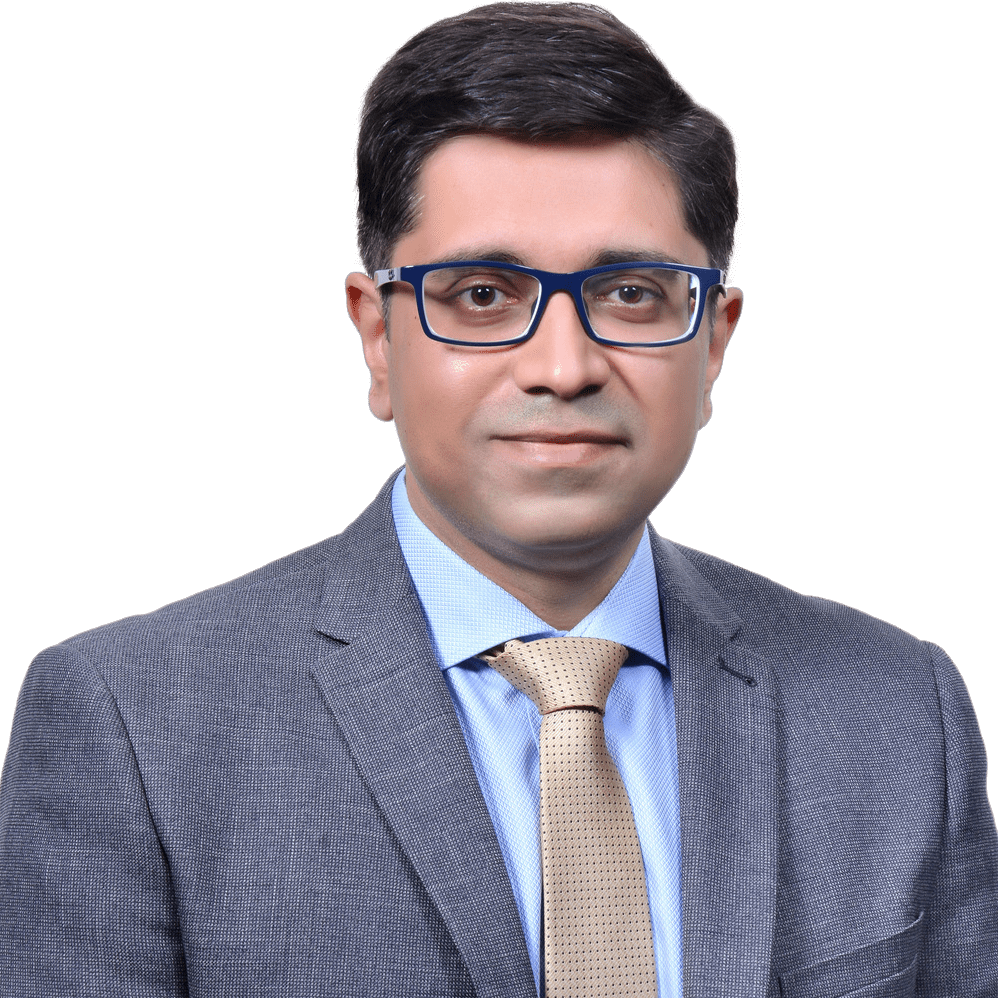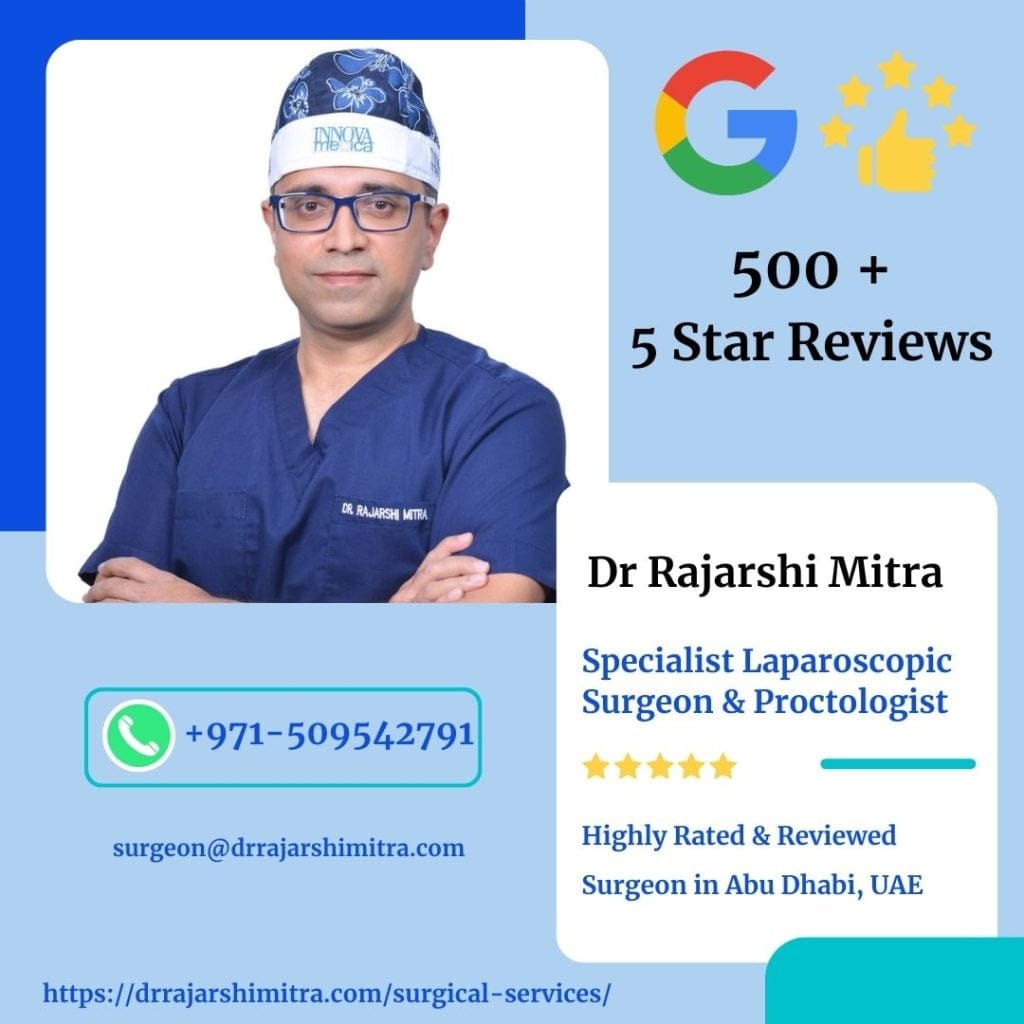While small pilonidal sinuses may heal with conservative treatment, more extensive disease requires surgery to fully excise the tracts and prevent recurrence. A combination approach is generally needed to manage symptoms, treat infection, and eliminate the underlying cavity-causing problems.
Conservative and Medication Treatments:
– Heat compresses, warm baths, and rest help relieve swelling and discomfort during flare-ups. Over-the-counter pain medication is also useful.
– Keeping the area clean by showering daily, not shaving near the sinus, and wearing loose clothing is important.
– Antibiotic ointments and oral antibiotics treat infection and drainage from an abscess.
– Injecting steroids into the cyst or packing the wound with gauze can both minimize drainage after incision.
– Removing hair in the cleft with laser or depilatory cream reduces recurrence risk somewhat.
– These measures may help small or superficial pilonidal sinuses heal but are often temporary fixes. The sinus frequently comes back once treatment stops.
Definitive Surgical Options:
– Incision and drainage of the abscess provide short-term relief but do not eliminate the entire sinus tract. Marsupialization leaves the wound open which delays healing.
– Excision surgery is the main curative treatment. It involves cutting out the cyst, tracts, and scar tissue. The wound may be left open or closed with stitches. Healing takes several weeks.
– For complex or recurrent cases, reconstructive flap procedures are done to remove the sinus, flatten the cleft, and improve wound healing.
– The rhomboid flap, Limberg flap, Karydakis flap, and cleft lift technique are commonly used. Plastic surgeons can advise the best approach.
– Post-surgery, follow wound care instructions carefully. Most patients experience complete resolution after surgery.
Lifestyle Measures:
– Losing weight if obese, exercising regularly, and avoiding prolonged sitting help reduce recurrence risk.
– Stop smoking and control diabetes to support healing.
– See a barber for haircuts instead of shaving at home. Avoid ingrown hairs.
– Follow up annually and return if symptoms recur. Early treatment prevents complications.
Summary of Key Points:
– Conservative treatment can only control symptoms temporarily. Surgery offers the best chance for a lasting cure.
– The specific operation depends on the size and complexity of the sinus tracts.
– Complete excision eliminates the source of infection and inflammation. Advanced flap closure improves results.
– Combining medications, hygiene, lifestyle changes, and surgery provides optimal management of this condition.
In conclusion, the ideal remedy involves both minimizing discomfort acutely and correcting the underlying anatomical defect through expert surgery. This comprehensive approach can successfully treat pilonidal sinus and prevent recurrence.



















